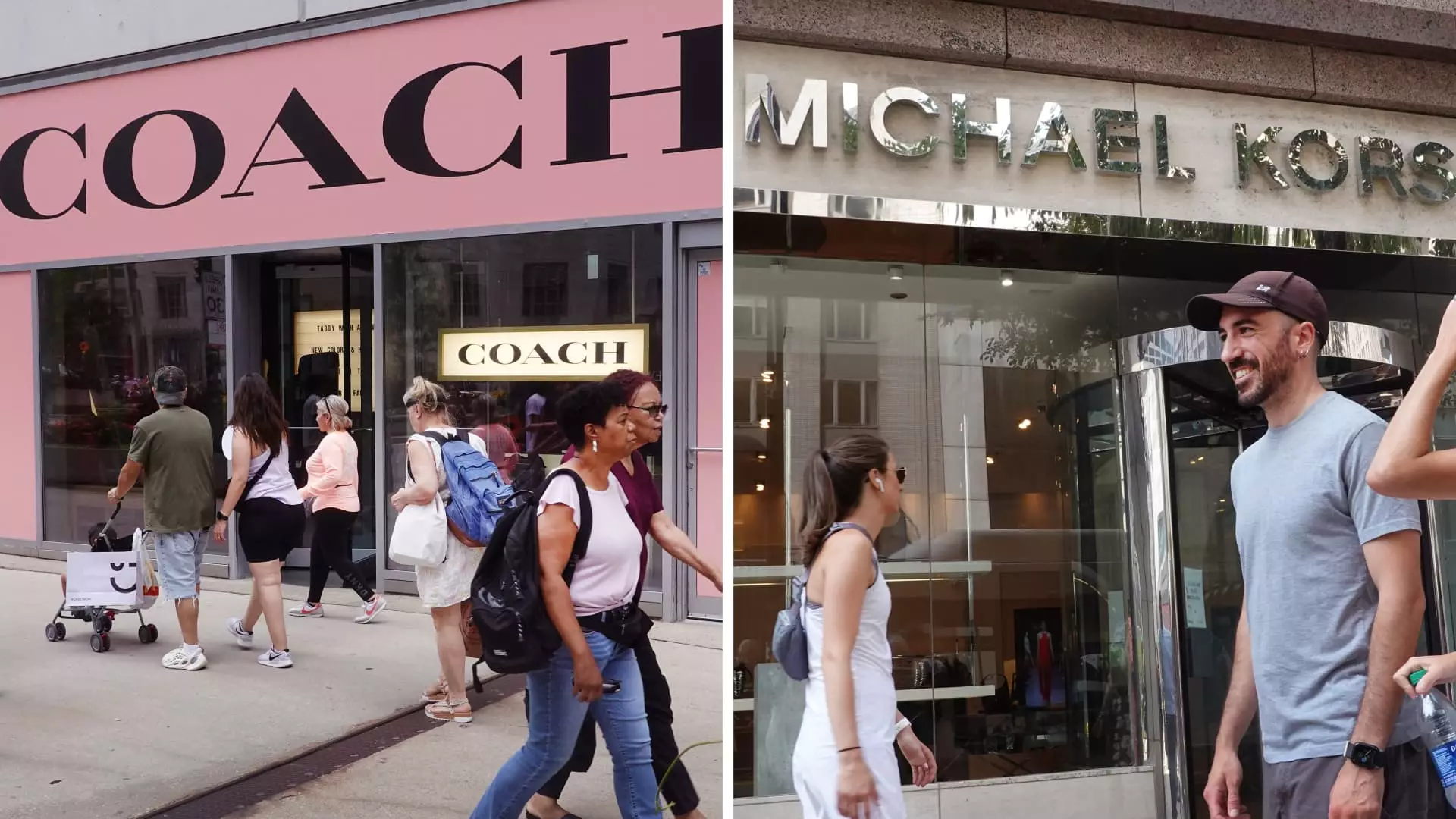The U.S. Federal Trade Commission has taken legal action to prevent the $8.5 billion deal that would see Coach and Kate Spade’s parent company, Tapestry, acquire Capri Holdings. This move by regulators has effectively put a pause on the consolidation of these major players in the American luxury retail industry. The merger would bring together six renowned fashion brands under one umbrella, combining Tapestry’s Coach, Kate Spade, and Stuart Weitzman with Capri’s Versace, Jimmy Choo, and Michael Kors.
The proposed acquisition aimed to position the luxury brands to better compete with their European counterparts, such as Burberry and LVMH’s Louis Vuitton. Tapestry’s CEO, Joanne Crevoiserat, had highlighted the potential for the combined companies to expand their global reach and access a broader customer base. With a projected annual revenue exceeding $12 billion and a presence in over 75 countries, the merged entity was expected to be a formidable player in the luxury retail segment.
Both Tapestry and Capri have faced challenges in the market, as shifting consumer preferences and spending habits have impacted their businesses. Capri, in particular, has been more susceptible to these changes due to its reliance on department stores and wholesale partners for distribution. On the other hand, Tapestry has made efforts to elevate the Coach brand, attract younger demographics, and focus on fashion-forward products and customer loyalty to drive growth.
While Tapestry has seen a modest increase in its stock value this year, Capri’s shares have experienced a significant decline. This discrepancy reflects the market’s perception of the two companies’ strategies and prospects. Tapestry’s emphasis on direct-to-consumer sales through its own channels has insulated it from some of the challenges faced by traditional retailers. The outcome of the regulatory review and the future of the acquisition remain uncertain as the story continues to evolve.
The legal intervention by the FTC underscores the complexities and risks involved in large-scale mergers and acquisitions, especially in highly regulated industries like luxury retail. The outcome of this case will have implications not only for the companies directly involved but also for the broader competitive landscape in the luxury market. As the industry undergoes rapid transformation, adaptability and strategic alignment will be crucial for companies seeking to navigate these challenges and seize new opportunities.

Leave a Reply